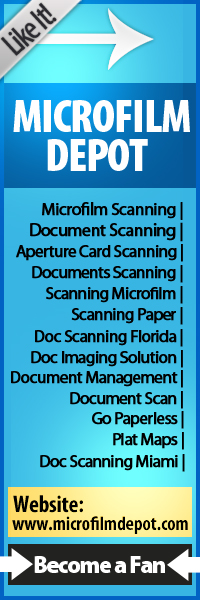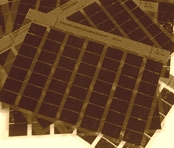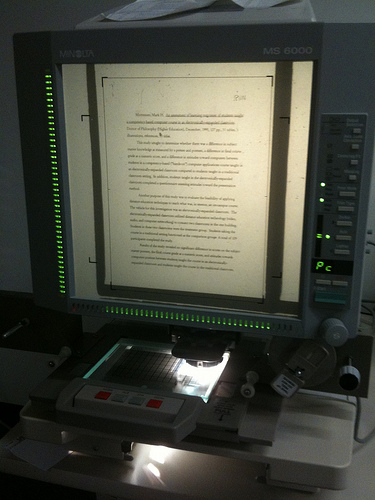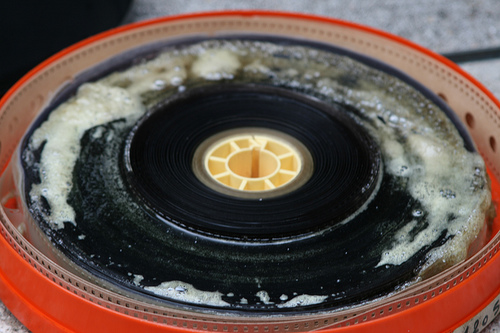Microfiche And Microfilm Digital Conversion Service
Here at Advanced Imaging Solutions, we fully understand that record keeping and successfully managing them goes on to save our customers a great deal of time. From our conversion experience, expert compilation and indexing skills, our customers go on to save not only money but also excessive efforts when it comes to labor. And, we are here to ensure that this process follows through without being too tireless and seamless for all of our customers. As such, we deal with the burden of technological decisions as well as the labor associated with both large and small-scale conversion projects.
In the past or simply for as long as any of us have known, both microfiche and microfilm has been used for the purpose of permanent storage that has exceeded over 15 years. However, in keeping up with modern time and technology, several if not all organizations have chosen to convert their microfilm into digital images in order for them to be stored within an Electronic Records Management System. As such, records can now be accessed from an immediate network and they can be accessed via the web for immediate record request.
Microfiche and Microfilm tends to contain an emulsion coated layer at the base or either polyester or cellulose. However, when compared, a cellulose based film isn’t as strong as that of a polyester base. Polyester-based film is known to dry faster since it doesn’t absorb too much water during processing. And, it is also known to have exceeded a life expectancy of over 500 years when it comes to preserving any microfilm.
Silver-Halide Film has been known widely in the industry to have produced images of superior quality and it has been used in first generation microfilm camera negatives. Due to its expected 500-year rating, this particular type of film is exceptionally suited for archive record keeping. And, in spite of its ability to handle the toughest of conditions, it will deteriorate at a fast rate in the presence of extreme temperatures, humidity or even frequent handling. This particular type of film is generally used for security purposes and is kept off-site.
Another excellent polyester-based film is that of diazo film which is coated with its own special emulsion of diazonium salts. However, when it comes to storage, the requirements are much less demanding than that of the silver-halide film. Products which comes from diazo film are typically stored in a normal climate controlled office in a cabinet in the corner. And, they are readily used for on-site referencing and frequent handling.
Additionally, dry silver film is used for the production of computer output microfilm. It should be noted that microfiche and microfilms should be kept in storage at around 65 degrees and the humidity should not exceed roughly 40%. And, with temperature fluctuations, the humidity in your storage room should not exceed that of five percent during any 24-hour period.
Chris Ferrer
Advanced Imaging Solutions
The Microfilm Depot
1776 N Pine Island Road Suite 222
Plantation, Florida 33322
786-985-2047 Office
954-806-7842 Cell
sales@mdepot.com
Microfiche And Microfilm Conversion Service
In all our years of experience, we have found that most fiche and films haven’t been properly maintained according to the environmental or even the temperature guidelines. As such, deterioration rapidly occurs in just a matter of years. And, as the quality of images drop, record managers are seeking to start the digital conversion in order to retain the best image quality.
Call us today for a free quote of your microfilm and microfiche conversion at 786-985-2047!

 Florida Microfilm
Florida Microfilm  What You Should Know About
What You Should Know About  Advanced Imaging Solutions, Inc.- The Microfilm Depot- has various microfiche scanners to convert COM fiche, jacketed microfiche (16mm or 35mm), rewritable fiche, and other types of microfiche.
Advanced Imaging Solutions, Inc.- The Microfilm Depot- has various microfiche scanners to convert COM fiche, jacketed microfiche (16mm or 35mm), rewritable fiche, and other types of microfiche. Vinegar Syndrome And The Adverse Effects It Has On Microfilm And Microfiche
Vinegar Syndrome And The Adverse Effects It Has On Microfilm And Microfiche